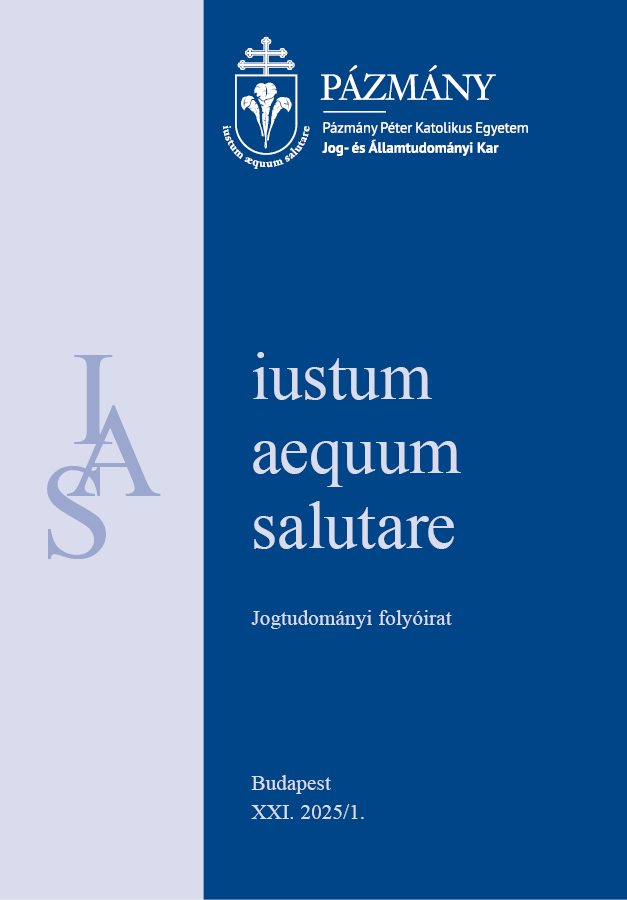The legal capacity of the foetus in the Civil Code
A corrective criticism
Abstract
The Civil Code, which entered into force ten years ago, has introduced innovations in Hungarian private law in several areas, and has declared the obligation to interpret private law rules in accordance with the constitutional order at a fundamental level. However, it seems that this innovative intention has not been implemented in relation to the much-debated legal status of the foetus. The author of this study, as well as the author of most of the private comments made during the codification of the Civil Code, makes his observations and suggestions on this apparently unchanged issue. The first part of the paper critically analyses the regulation of abortion and the Constitutional Court decisions on the subject, based on the Interim Constitution. Then, based on the provisions of the Fundamental Law, placing it in the context of the historical Constitution, it seeks to answer the question of how the constitutional status of the foetus has changed through the restoration of constitutional continuity. In the second part of the study, the author analyses the beginning of human legal capacity and the legal status of the foetus in the regulation the former Civil Code and the Civil Code in force, examines the concept of so-called conditional legal capacity, and raises some further questions that are actually unsettled regarding the legal status of the foetus. Finally, the author makes de lege ferenda proposals to regulate the legal capacity of the foetus more in line with its constitutional status as a human being, and to resolve further problems relating to the legal status of the foetus.
References
KSH: Terhességmegszakítások. 2017. 6. https://www.ksh.hu/docs/hun/xftp/idoszaki/pdf/terhessegmegsz16.pdf
Pomeisl, András József: „Szabad-e adót fizetni a császárnak?” In: Tóth Zoltán József (szerk.): A Szent Korona-eszme időszerűsége. Budapest, Szent István Társulat, 2004.
Copyright (c) 2025 András József Pomeisl

This work is licensed under a Creative Commons Attribution 4.0 International License.


